Traveling to Inner Mongolia, China is a journey to discover the majestic natural landscape combined with the unique culture of the Mongolian people. From the vast green grasslands, vast deserts to vibrant traditional festivals, Inner Mongolia offers a unique experience that is hard to find anywhere else.
If you want to explore the authentic nomadic life, ride horses on the vast grasslands, or immerse yourself in the colorful atmosphere of the Naadam festival, traveling to Inner Mongolia is the perfect choice. Let's start the journey to explore this vibrant land with Heritage Magazine in the following article!
Learn about Inner Mongolia tourism – a journey to the land of nomads
(Photo: Expacts Holidays)
1. Inner Mongolia – a diverse border region
Nestled on the northern edge of China, Inner Mongolia is a special land where the breath of the steppe still exists clearly amidst the flow of modernity. From majestic Mongolian horsemen on the green steppe to modern cities glowing at night, Inner Mongolia possesses a beauty that blends tradition and modernity.
In particular, this land stretches from the arid Gobi desert to the lush green plateaus, offering a multi-dimensional travel journey – from geographical space to cultural depth. Visitors can ride camels in the desert, camp in Mongolian tents under the stars or immerse themselves in the Naadam Festival – the quintessence of nomadic culture with horse racing, wrestling and archery.
From Vietnam, you can easily fly to Inner Mongolia via major Chinese airports such as Beijing, Shanghai or Guangzhou. Airlines such as Vietnam Airlines now operate direct flights to these transit points, making your journey of discovery more convenient than ever. From there, you can continue with a domestic flight or take a high-speed train to Hohhot – the capital of Inner Mongolia.
See flight route details at: Vietnam Airlines opens direct flights to major airports in China
Find direct flights to travel to Inner Mongolia China
(Source: Expedia)
2. Typical stops in Inner Mongolia
From vast green grasslands to wild deserts, from historical cities to nomadic lands, the journey to Inner Mongolia, China promises to bring authentic and emotional experiences. Let's find out with Heritage Magazine in the section below!
Hulunbuir Grassland – The Endless Green Strip of the North
Known as the “green pearl on the Great Wall”, Hulunbuir – a famous tourist destination in China – is one of the largest natural grasslands in the world, covering more than 80,000 km², stretching all the way to the Russian border. This place is not only a paradise for nature lovers but also the soul of Inner Mongolian nomadic culture.
In summer (June–August), the steppe is covered in green grass and the sky is clear – ideal for horse riding, camping in a Mongolian ger and joining shepherd tours to experience the real nomadic life. Many visitors choose to stay overnight at eco-tourism sites or local homestays to enjoy a traditional dinner accompanied by Mongolian folk music.
Reference cost: A one-day tour costs about 500–800 RMB, depending on the services included (including transportation, tour guide, meals and experiences). Entrance fees to nature reserves are usually free or very low (under 50 RMB).
Kubuqi Desert – The Storytelling Sand Sea
Kubuqi is the 7th largest desert in China, famous worldwide for its resounding success in combating desertification with sustainable ecological technology. More than 6,000 km² of sand has been covered with green, turning this place into a model of eco-tourism, while still retaining its characteristic wild beauty.
Tourists traveling to Kubuqi , China, Inner Mongolia, can experience camel riding across the desert, sandboarding, driving off-road jeeps or paragliding to see the panoramic view of the sand sea from above. At night, nomadic tents hold campfire parties, folk songs and traditional games, creating a nomadic atmosphere.
Reference cost: Entrance fee ranges from 60-100 yuan/person, half-day experience tour combo is about 400-700 yuan, including outdoor activities. Some high-end eco-resorts cost from 1,000 yuan/night or more.
Hohhot City – Where the past and present intersect
Hohhot is the capital of Inner Mongolia, where the blend of Mongolian tradition and modern Chinese lifestyle is most evident. The city is an ideal Inner Mongolia China tourist destination for those who want to explore the depth of history, culture and local cuisine.
Here, visitors can visit Dazhao Temple - the oldest Buddhist building in the area, admire the large silver Buddha statue and exquisite sculptures. The Inner Mongolia Museum is home to thousands of precious artifacts about the history of the steppe, nomadic tribes and indigenous life.
Reference cost: Admission to the Inner Mongolia Museum is free (may require online reservation). The Jozhao Temple charges around 30-50 RMB/person. Food at the night market ranges from 20-100 RMB/dish, suitable for independent travelers.
Hohhot City is one of the famous tourist destinations in Inner Mongolia, China.
(Source: Wikipedia)
3. Mongolian Nomadic Culture – A Sustainable Lifestyle
Mongolian nomadic culture is a resilient way of life that has developed over centuries on the vast steppes of Inner Mongolia. Life here is influenced by a harsh climate, with cold winters, strong summer winds, and limited water resources.
The Mongolians move constantly with their livestock, building convenient yurts that can be easily disassembled – a testament to sustainability and simplicity but efficiency. Therefore, many tourists feel the closeness, rusticity but extremely strong of this lifestyle, completely different from the modern urban life.
Tourists traveling to Inner Mongolia, China can experience horse racing, archery, drinking salty milk tea and staying in traditional tents. These activities help tourists better understand the nomadic life, get closer to nature and people here. In particular, the Naadam festival, held in July every year, is an opportunity for tourists to witness and immerse themselves in traditional sports such as wrestling, horse racing and archery - symbols of the strength and perseverance of the Mongolian people.
4. Inner Mongolia travel season – When is the best time?
Summer from June to September is considered the most ideal time to travel to Inner Mongolia, China . At this time, the grasslands are green, the sky is clear, the weather is pleasant, very suitable for outdoor activities such as horse riding, camping. In addition, you can also participate in the Naadam festival when coming to Inner Mongolia - this is a major cultural event that attracts a large number of domestic and foreign tourists. This is also the time when the nomadic community is most active, bringing a genuine and close cultural experience.
On the contrary, traveling to Inner Mongolia, China in winter from December to February is the choice for those who love the quiet and wild beauty of the white snow covering the steppe. Although the temperature is very cold, this is the time to explore another aspect of Inner Mongolia - nomadic culture in the cold season with unique traditional customs and special festival atmosphere. Choosing the right season helps visitors optimize their experience, prepare clothes and luggage properly to make the trip more complete and memorable.
Traveling to Inner Mongolia, China in winter can see white snow
(Source: Lonely Planet)
Traveling to China’s Inner Mongolia is not only a trip to see the vast nature but also a journey to discover a nomadic culture in harmony with the land and sky. From the breeze of the steppe to the horse hoof prints in the vast sand, this place gives visitors the opportunity to slow down, listen and connect deeply with nature and the simple life of the Mongolian people.
Source: https://heritagevietnamairlines.com/du-lich-noi-mong-trung-quoc/


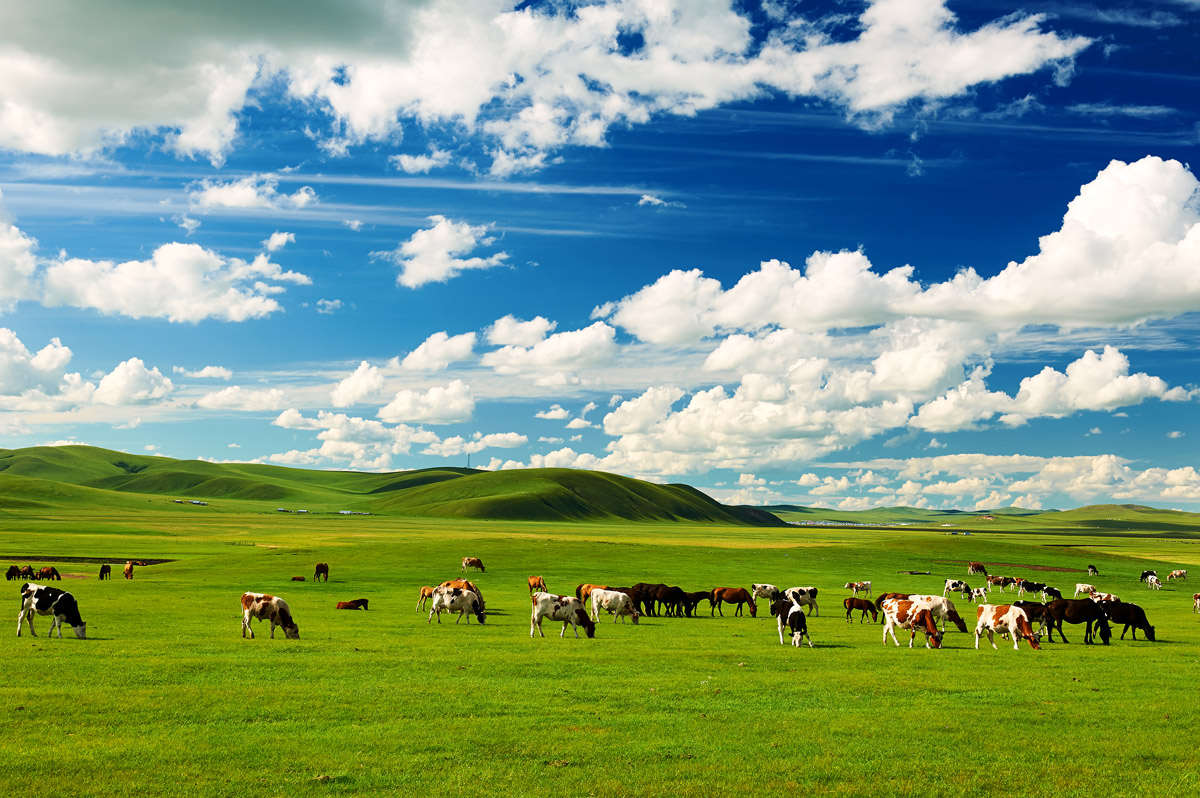
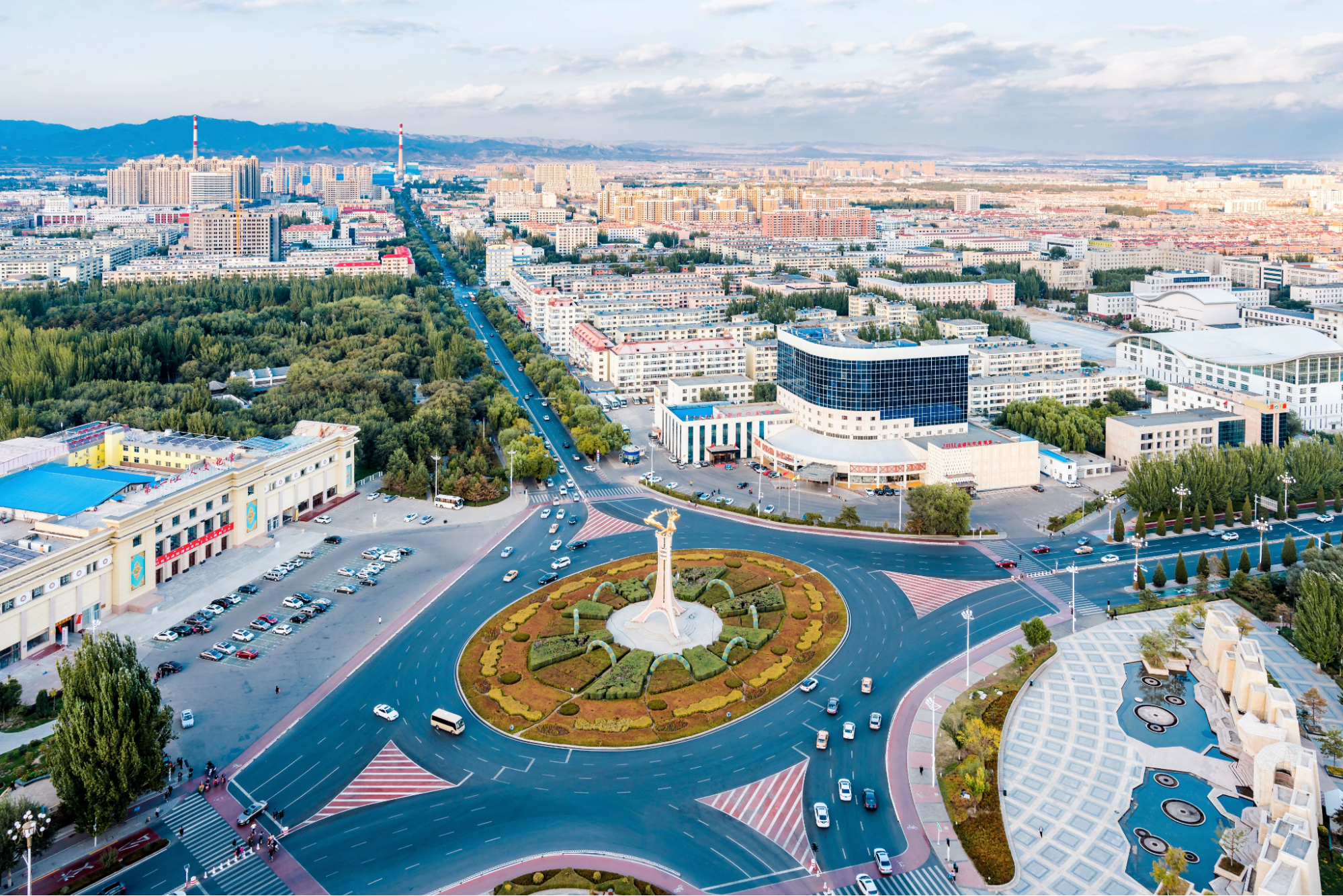
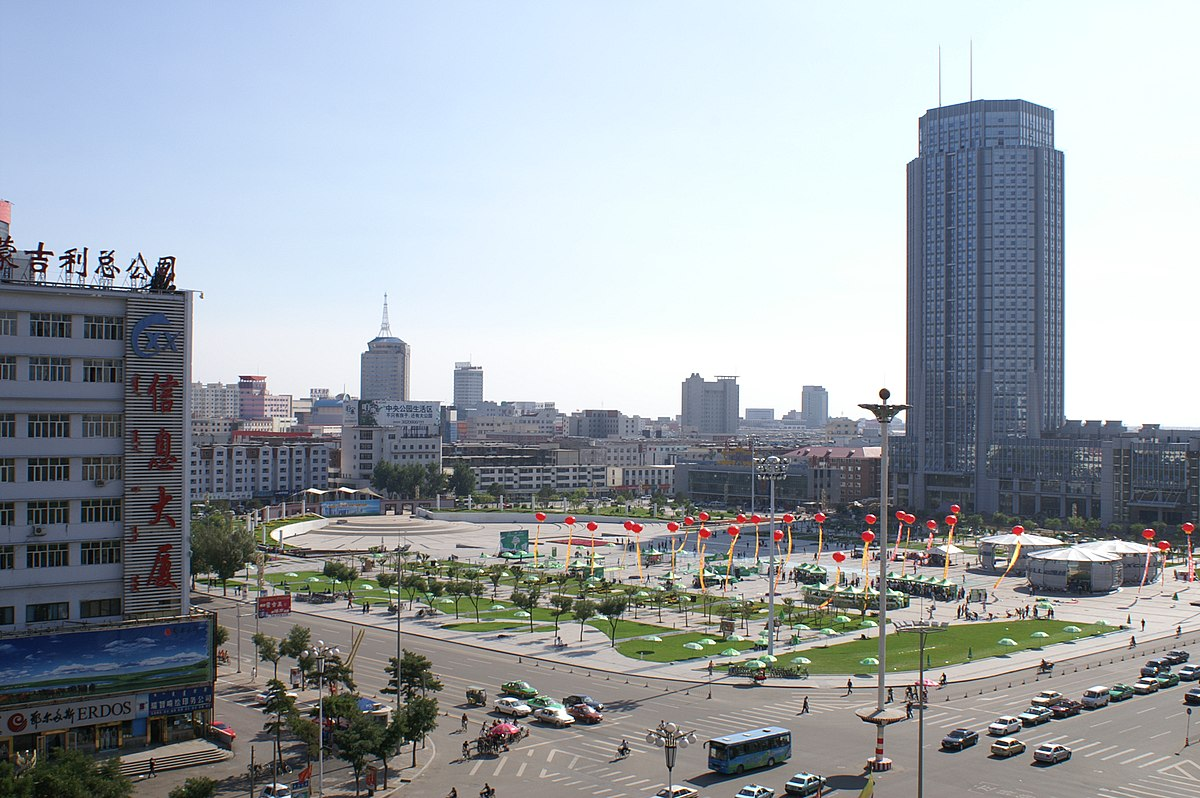
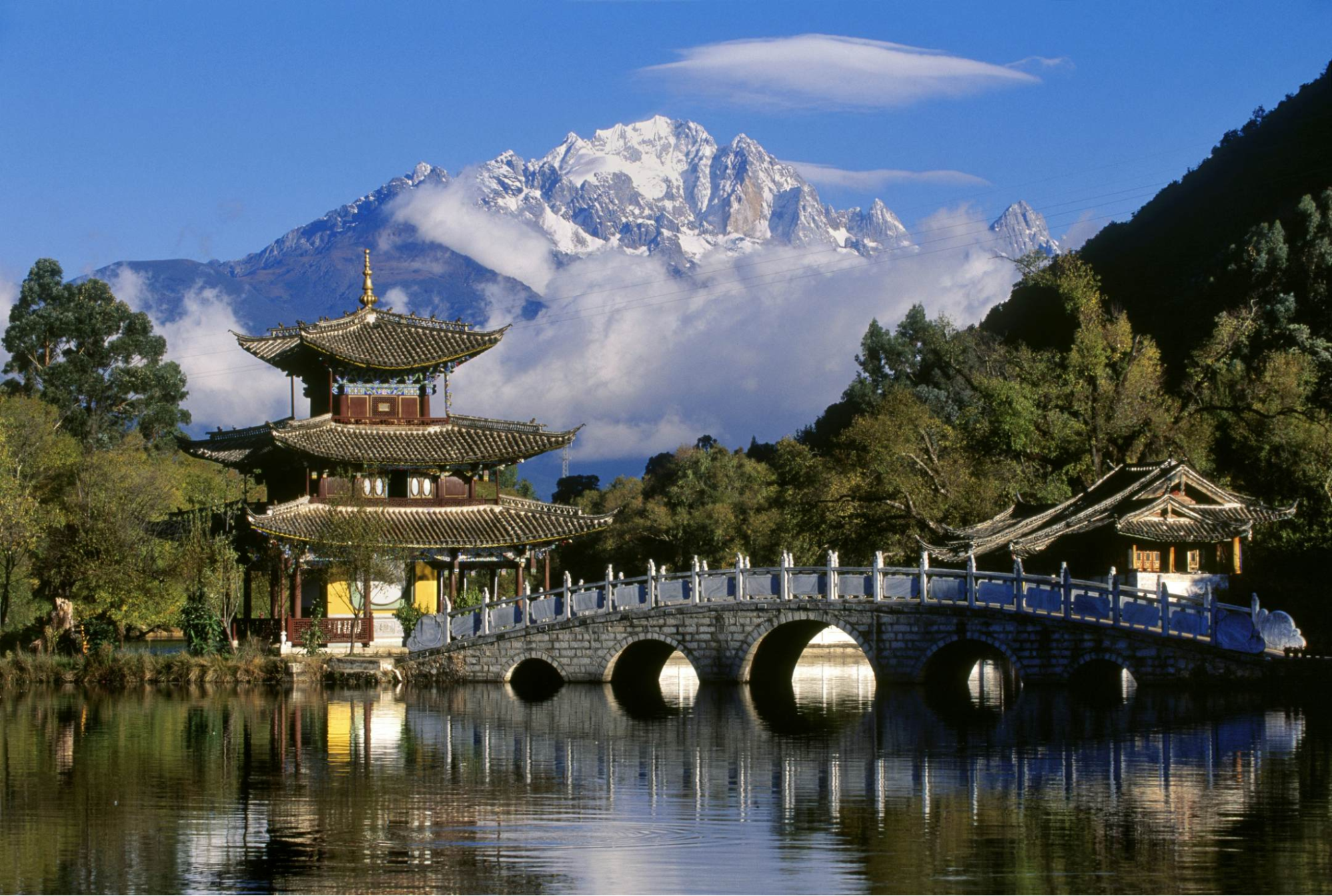

![[Photo] Prime Minister Pham Minh Chinh attends the World Congress of the International Federation of Freight Forwarders and Transport Associations - FIATA](https://vphoto.vietnam.vn/thumb/1200x675/vietnam/resource/IMAGE/2025/10/08/1759936077106_dsc-0434-jpg.webp)

![[Photo] Prime Minister Pham Minh Chinh inspects and directs the work of overcoming the consequences of floods after the storm in Thai Nguyen](https://vphoto.vietnam.vn/thumb/1200x675/vietnam/resource/IMAGE/2025/10/08/1759930075451_dsc-9441-jpg.webp)












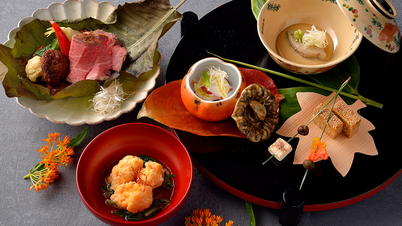



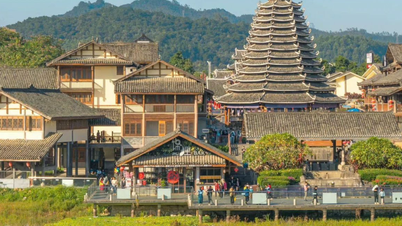
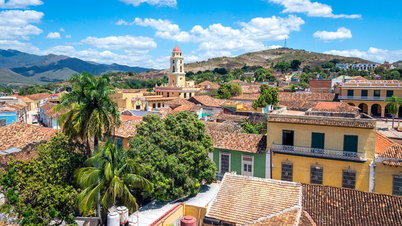

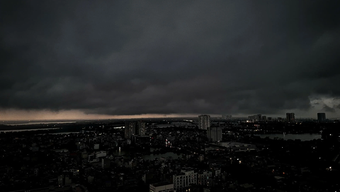

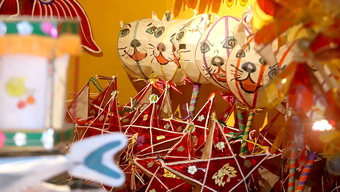






![[Photo] Closing of the 13th Conference of the 13th Party Central Committee](https://vphoto.vietnam.vn/thumb/1200x675/vietnam/resource/IMAGE/2025/10/08/1759893763535_ndo_br_a3-bnd-2504-jpg.webp)

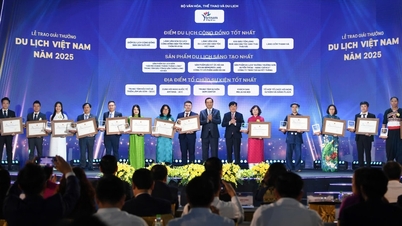



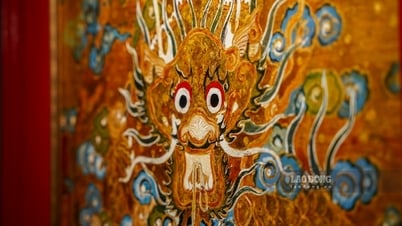

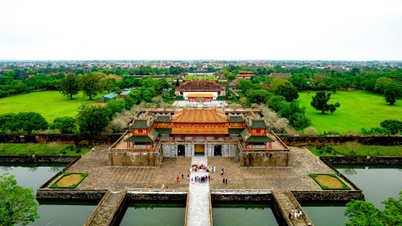







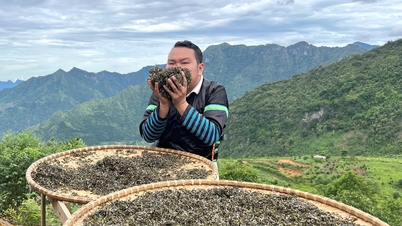



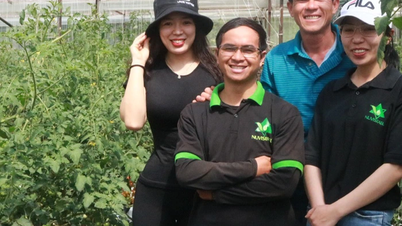
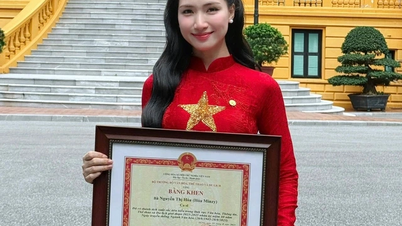
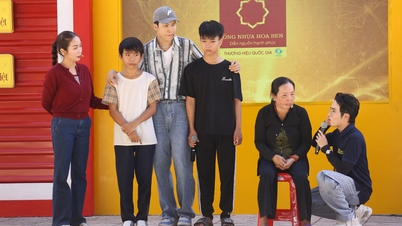
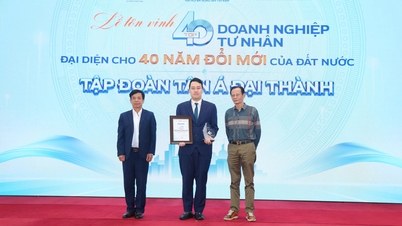









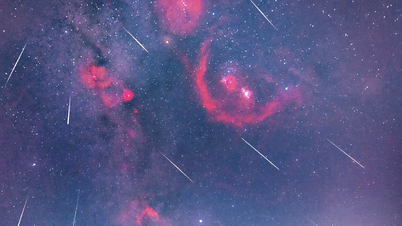


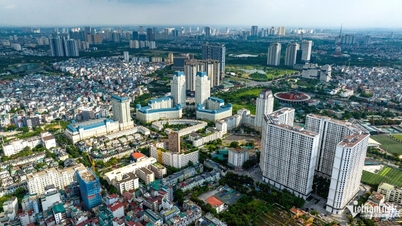
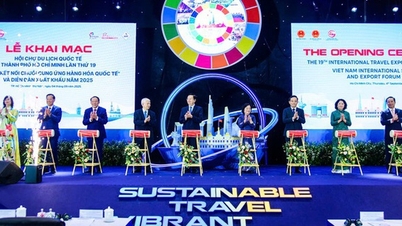




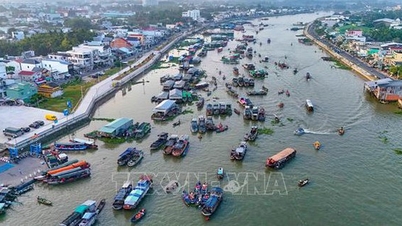





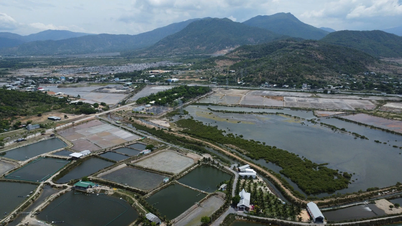















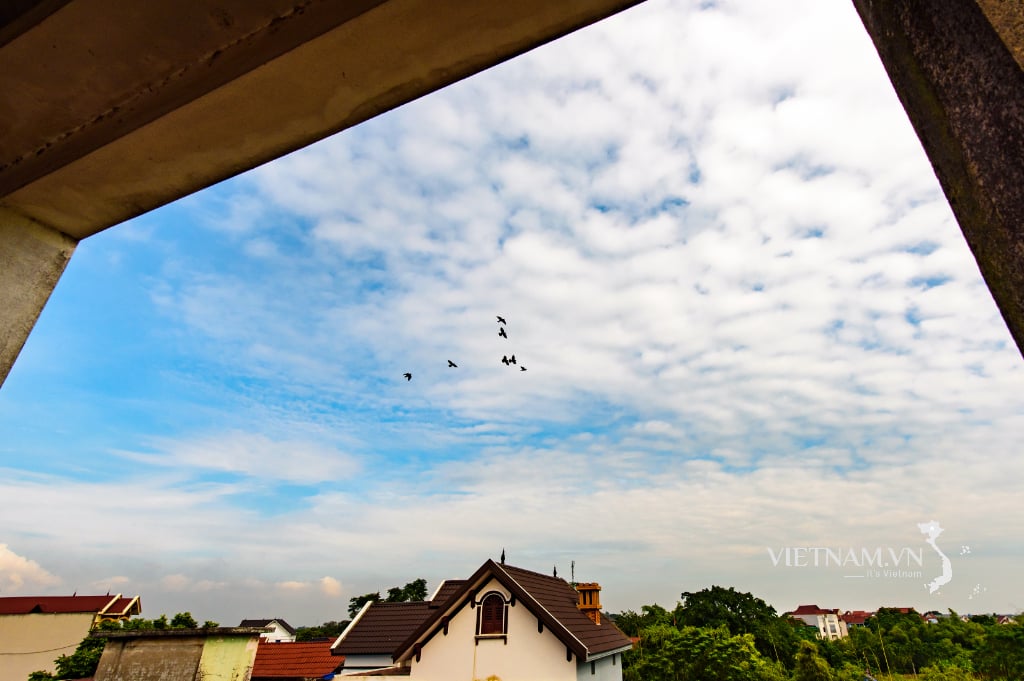


Comment (0)